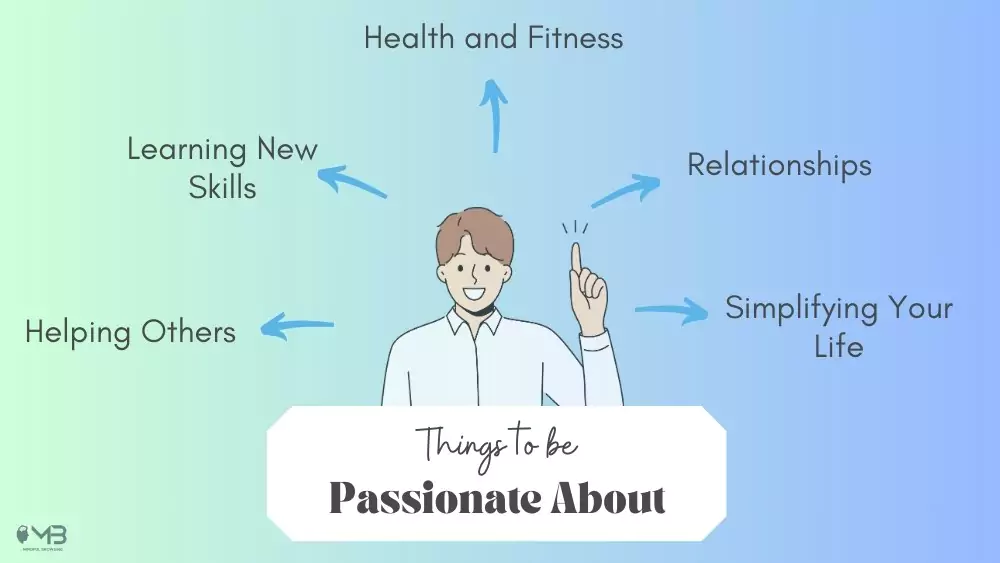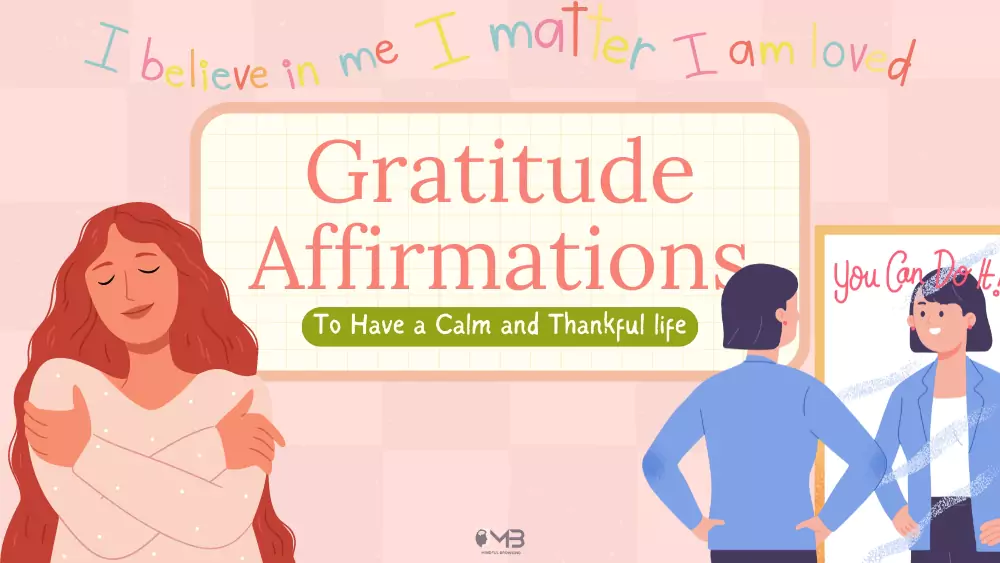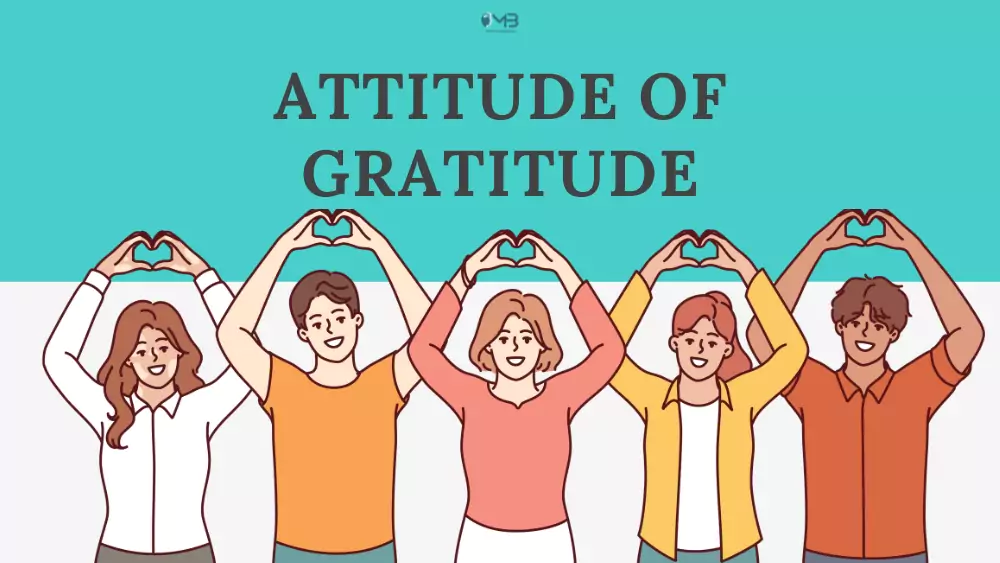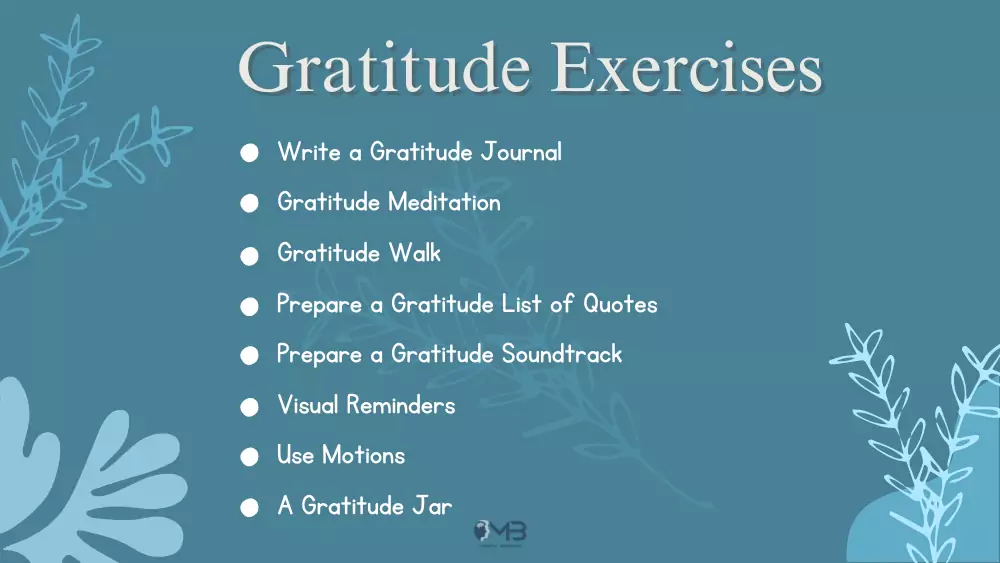
Sometimes, the simplest moments in your life give you happiness. Examples of these situations include: the arrival of a bus on time when you’re already running too late for an important meeting, finding a forgotten note from your loved one in your old book, and many more. These small instances make a huge impact on your life when you take time to appreciate them from within your heart.
Appreciation is expressed through being thankful and grateful, each enriching our lives in its own way. However, there is a thin line between being thankful and being grateful. While saying “thanks” is often a response to a specific act—like when someone does you a favor—gratitude is a more profound concept. In the debate of thankful vs. grateful, gratitude is the more transformative mindset that influences how you view the world and appreciate the universe and the people around you.
Gratitude triggers the brain’s reward system and helps release serotonin and dopamine. These are the ‘feel-good’ chemicals in the brain that are responsible for happiness. In addition, it helps strengthen your ability to manage challenges and stress with greater resilience. Incorporating simple mindful habits — like journaling, breathwork, or even surrounding yourself with calming yoga gifts — can amplify these effects and create a more grounded, joyful daily routine.
Showing appreciation and positive self-talk can bring good vibes and abundance into your life. Practicing gratitude through grateful affirmations can teach your brain to focus only on good things rather than the bad. Check out these simple yet powerful exercises to practice gratitude that’ll help you grow as a person.
8 Easiest and Most Effective Gratitude Activities
Here’s the secret no one tells you: Gratitude is a skill, not just a sentiment. And like any skill, you get better at it with practice. Every time you consciously focus on appreciation, you’re literally carving out new, positive pathways in your brain, making happiness and contentment your mind’s go-to destination.
So, how do you build this skill? You show up for practice. Here are eight of the easiest and most effective ways to train your brain for gratitude.
1. Write a Gratitude Journal

If you are a beginner, gratitude journaling can be the best and easiest way to practice gratitude. You can maintain a gratitude journal by jotting down three to five things you’re grateful for in a day. Dr. Robert Emmons from the University of California says you need no fancy journal to practice gratitude. You only need a simple notebook or a digital notepad to list daily things in your grateful list.
Your gratitude list may include the simple things to the complex ones. For example, you could be thankful for the morning cup of coffee prepared by your partner, sibling, or parent. It could be your colleague who helped you out at work.
To make your gratitude journaling even more impactful, try using gratitude journal prompts that encourage you to explore different aspects of your life, such as relationships, health, work, or personal growth.
2. Gratitude Meditation

Meditation is an excellent tool for mental and physical wellness. When you’re feeling unfocused or down, try a gratitude meditation to soothe your mind and turn your attention to the good things in life.
This type of meditation involves more than just concentrating on your breath; it encourages you to picture the positive aspects that foster a genuine feeling of thankfulness. It helps reduce anxiety and offers peace of mind, which further fosters a more profound feeling of connection with the people around you.
3. Gratitude Walk

Taking a slow gratitude walk is another powerful yet easy gratitude exercise that offers excellent results. As per Abbey from Evolving Whole, gratitude walks can turn off distractions and help you notice the natural beauty and surroundings. During the walk, list things mentally that you are thankful for, such as the chirping of birds, the cool breeze on your face, etc. They all work as inspiration.
Alternatively, you can use the best gratitude apps during your gratitude walks, keeping you motivated on the journey to mindfulness. As you walk, you can plant a gratitude tree in your mind that grows with each thankful thought you have.
4. Prepare Your Gratitude List of Quotes
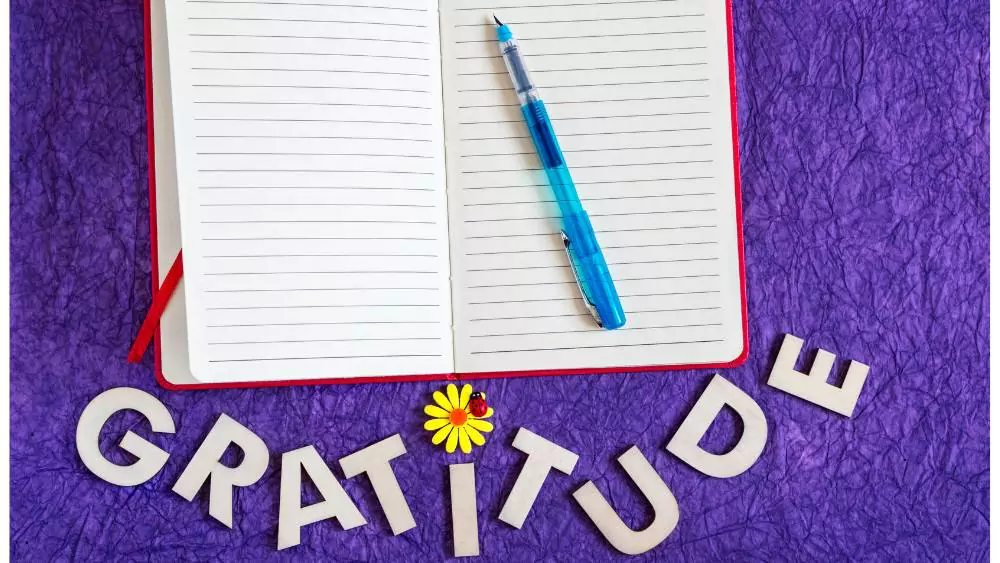
Reading gratefulness quotes keeps your mind and body rejuvenated. Mindfulness quotes help you stay focused and act as a daily motivation that cultivates a mindset of appreciation and positivity. Gratitude reinforcement becomes easy by revisiting these quotes.
5. Prepare Your Gratitude Soundtrack

Music plays a great role in regulating your emotions. Natalia Rosado, a renowned mental health counselor, suggests creating a playlist of songs that connect or reflect different things in your life for which you’re grateful.
Whenever you listen to this gratitude soundtrack, it will act as a powerful reminder of the incidents and things that bring happiness and fulfillment. You’ll feel an improvement in your thought process, which will eventually lead to greater happiness & a sense of gratitude.
6. Visual Reminders
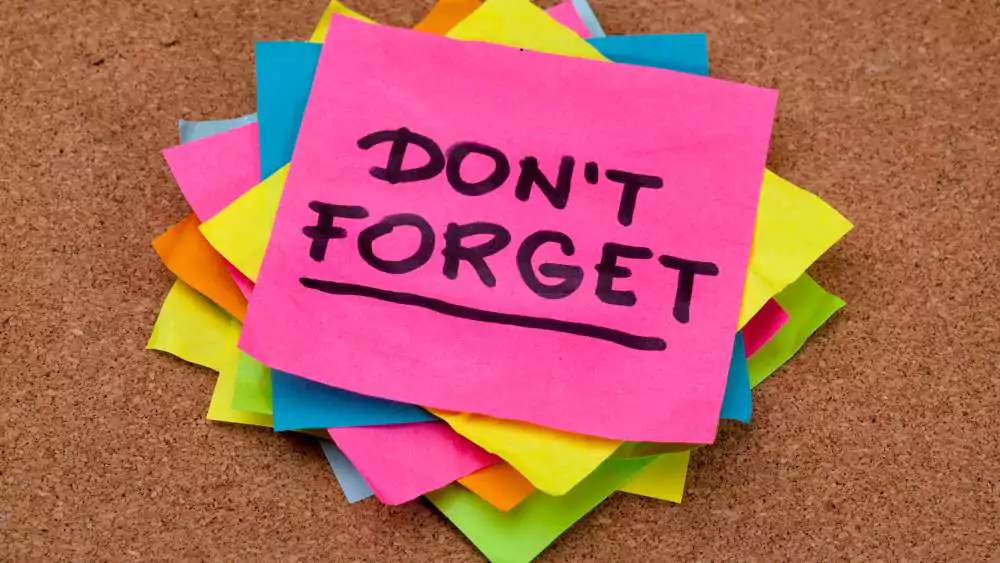
Practicing gratitude every day may be challenging, especially when you’re busy. That’s where visual cues or reminders come in handy. These cues include sticky notes, a gratitude board, a journal, or gratitude-themed wallpapers.
Make sure they are visible to you, such as at your office desk, in the mirror, or even in your phone background. These will keep reminding you about being grateful.
7. Use Motions

Another effective gratitude exercise is grateful motions. Use these motions every day—like saying ‘thank you,’ smiling, shaking hands, or patting yourself on the back.
hese motions help reinforce the spirit of gratitude. By regularly practicing gratitude motions, they can become a natural part of your interactions with people around you.
8. A Gratitude Jar

There are so many things to be grateful for. Write down such instances on small pieces of paper and collect them in a jar. Invite your friends and family to share their moments too.
Abbey Sangmeister says, “At the end of the week or month, read and celebrate these moments of gratitude. These are also great to save and read when you are going through a challenging time.”
Cultivating Gratitude
Thankfully, the attitude of gratitude can be developed with regular practice. One way to deepen your sense of appreciation is by exploring personal passions. It gives you more reasons to be grateful and create a fulfilling, purpose-driven life. Whether you are a pessimist or have a naturally grateful disposition, practicing gratitude can offer numerous benefits.
According to Dr.Robert Emmons, these activities can help reduce depression, strengthen the immune system, improve sleep quality, and enhance relationships by encouraging forgiveness and understanding.

